Trapped light amplified the material’s magnetism 10x, enough to change its visible properties.



The geometry or shape of a quantum system is mathematically expressed by a tool called the quantum geometric tensor (QGT). It also explains how a quantum system’s state changes when we tweak certain parameters such as magnetic field or temperature.
For the first time, researchers at MIT have successfully measured the QGT of electrons in solid materials. Scientists have been well aware of the methods to calculate the energy and motion of electrons, but understanding their quantum shape was only possible in theory until now.

Researchers have discovered magnetic fields deep within the merging galaxy Arp 220, suggesting these fields might be crucial for efficient star formation, acting like a cosmic lid that prevents the “boiling over” of star-forming materials.
This breakthrough, observed using the Submillimeter Array in Hawaii, could explain why some galaxies produce stars more effectively than others.
Star Formation Secrets Unveiled
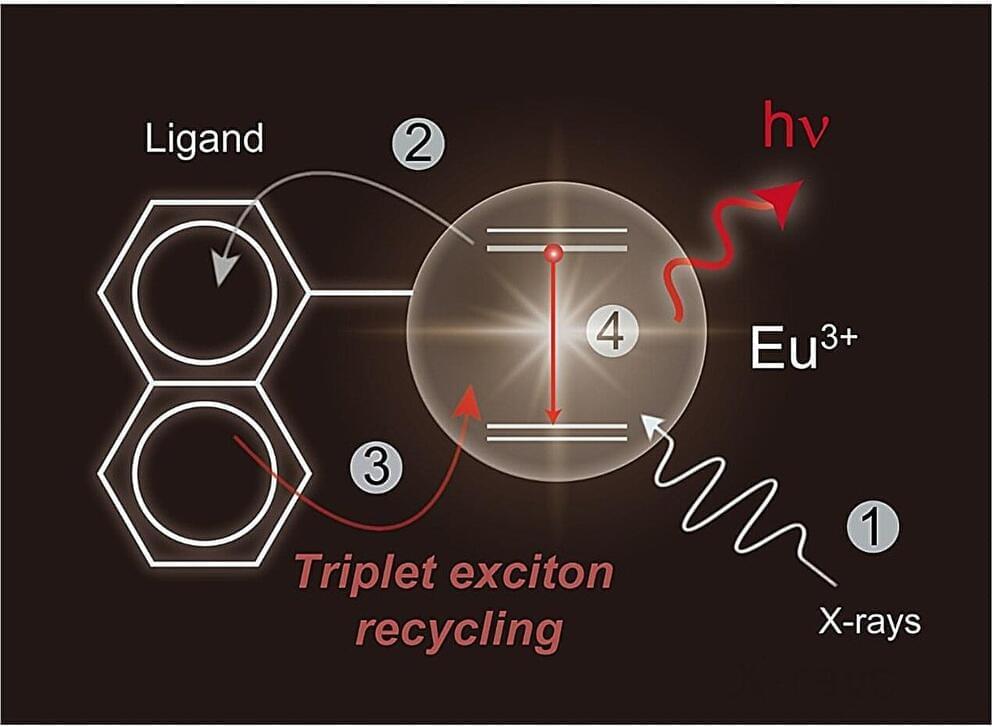
Scientists from the National University of Singapore (NUS) have developed a highly effective and general molecular design that enables an enhancement in radioluminescence within organometallic scintillators by more than three orders of magnitude. This enhancement harnesses X-ray-induced triplet exciton recycling within lanthanide metal complexes.
Detection of ionizing radiation is crucial in diverse fields, such as medical radiography, environmental monitoring and astronomy. As a result, significant efforts have been dedicated to the development of luminescent materials that respond to X-rays.
However, current high-performance scintillators are almost exclusively limited to ceramic and perovskite materials, which face issues such as complex manufacturing processes, environmental toxicity, self-absorption and stability problems.

Astronomers have made a startling discovery. Using data from the eRosita X-ray instrument, researchers say they’ve discovered a “cosmic tunnel” that connects our solar system to other stars.
Scientists have long known that our solar system exists in a Local Hot Bubble. This bubble is believed to have formed following several supernovas over the past several million years and is estimated to be around 300 light-years across.
Using data from the eRosita, researchers from the Max Planck Institute say they found evidence of a cosmic tunnel stretching from our solar system out toward the Centaurus constellation. The tunnel appears to move through the material that makes up the Local Hot Bubble.
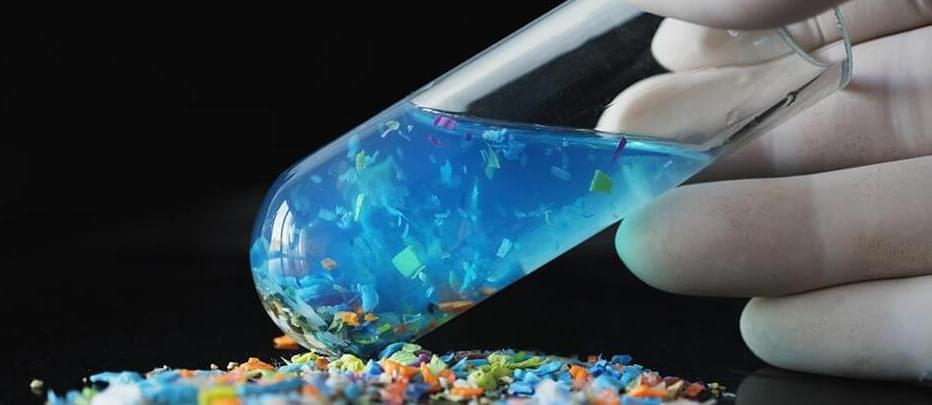
Sadly, we know that microplastics are getting everywhere, including our drinking water – but researchers have developed a new way to tackle the problem: a filter made of a rather unusual combination of material, which is able to remove up to 99.9 percent of tiny plastic fragments from water.
The researchers, led by a team from Wuhan University in China, combined both chitin (derived from squid bone) and cellulose (derived from cotton) for their ‘Ct-Cel’ foam filter. Both materials are found in abundance in nature, cheap to adapt, and sustainable.
They then tested their filter against numerous different types of plastic, finding it did an excellent job with a wide variety of fragment sizes and plastic types – including some of those most commonly seen in microplastic pollution.

Researchers at the University of Tsukuba have developed an innovative method for rapidly creating laser light sources in large quantities using an inkjet printer that ejects laser-emitting droplets.
By applying an electric field to these droplets, the researchers demonstrated that switching the emission of light on and off is possible. Furthermore, they successfully created a compact laser display by arranging these droplets on a circuit board.
The study is published in Advanced Materials.
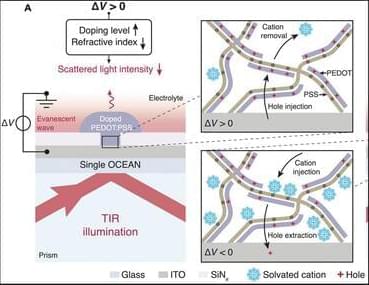
Monitoring electrical potentials with high recording site density and micrometer spatial resolution in liquid is critical in biosensing. Organic electronic materials have driven remarkable advances in the field because of their unique material properties, yet limitations in spatial resolution and recording density remain. Here, we introduce organic electro-scattering antennas (OCEANs) for wireless, light-based probing of electrical signals with micrometer spatial resolution, potentially from thousands of sites. The technology relies on the unique dependence of poly(3,4-ethylenedioxythiophene):polystyrene sulfonate light scattering properties to its doping level. Electro-optic characteristics of individual antennas varying in diameters and operating voltages were systematically characterized in saline solution. Signal-to-noise ratios up to 48 were achieved in response to 100-mV stimuli, with 2.5-mV detection limits. OCEANs demonstrated millisecond time constants and exceptional long-term stability, enabling continuous recordings over 10 hours. By offering spatial resolution of 5 μm and a recording density of 4 × 106 cm−2, OCEANs unlock new readout capabilities, potentially accelerating fundamental and clinical research.
Sci. Adv. 10, eadr8380 (2024). DOI:10.1126/sciadv.adr8380
Select the format you want to export the citation of this publication.
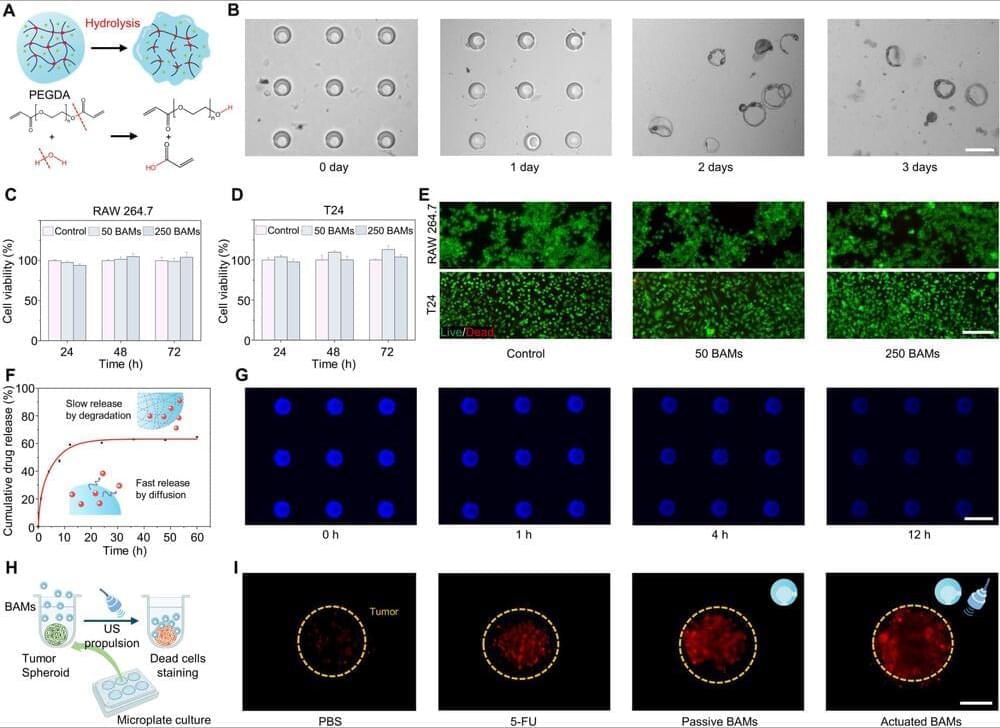
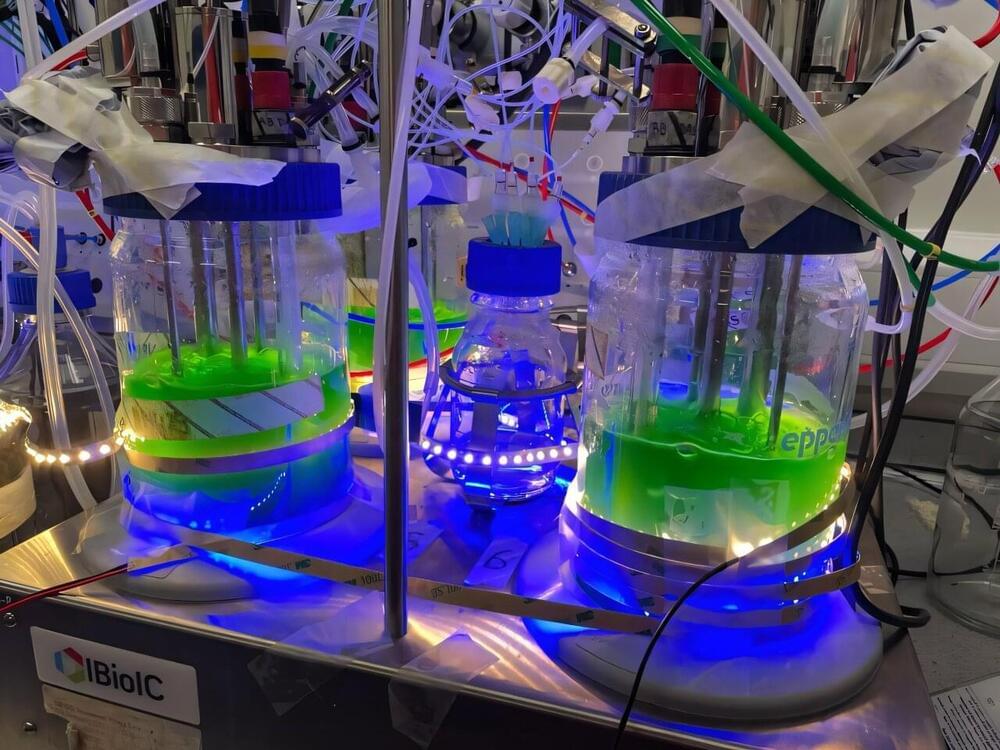
Scientists at The University of Manchester have achieved a significant breakthrough in using cyanobacteria—commonly known as “blue-green algae”—to convert carbon dioxide (CO2) into valuable bio-based materials.
Their work, published in Biotechnology for Biofuels and Bioproducts, could accelerate the development of sustainable alternatives to fossil fuel-derived products like plastics, helping pave the way for a carbon-neutral circular bioeconomy.
The research, led by Dr. Matthew Faulkner, working alongside Dr. Fraser Andrews, and Professor Nigel Scrutton, focused on improving the production of citramalate, a compound that serves as a precursor for renewable plastics such as Perspex or Plexiglas. Using an innovative approach called “design of experiment,” the team achieved a remarkable 23-fold increase in citramalate production by optimizing key process parameters.